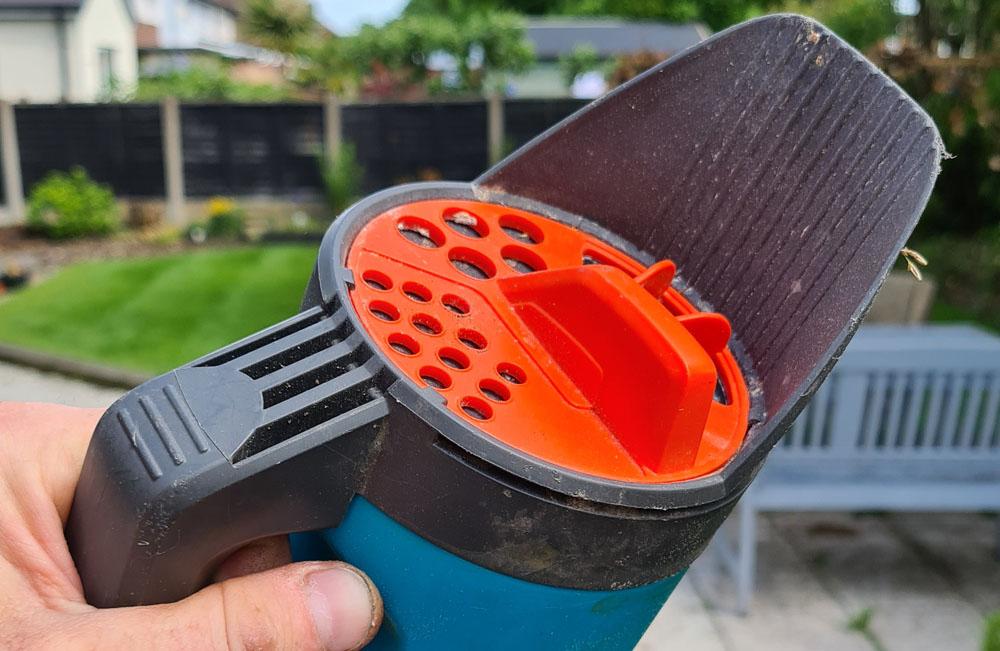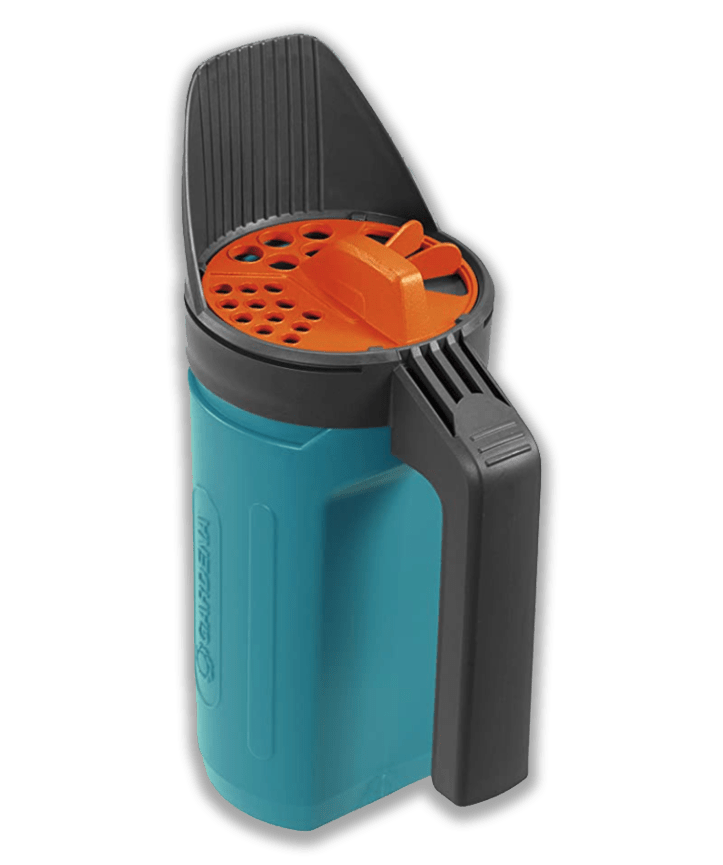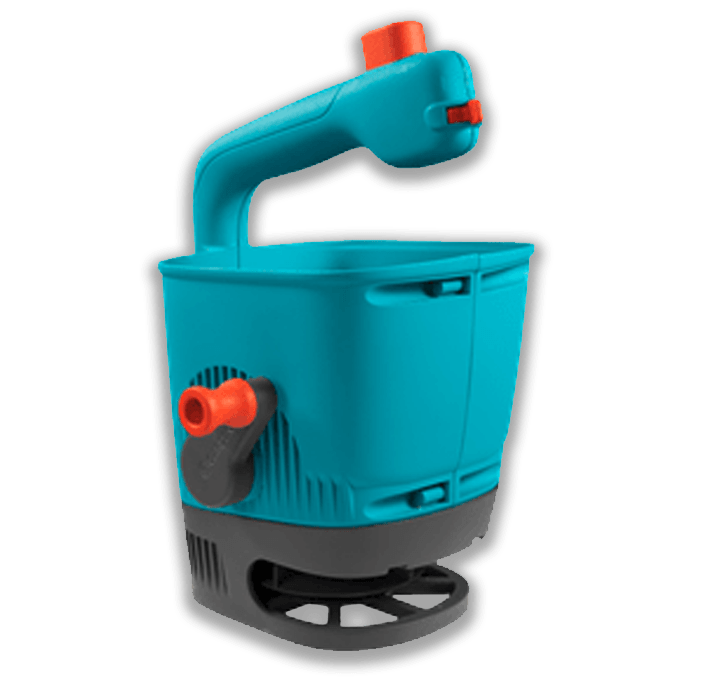
Created By
Matt Adams
Updated On
- February 29, 2024
Get FREE Exclusive Access
Keep your lawn pristine with exclusive tips, offers and insights that I only share with my private subscribers.
Latest Posts
Best Lawn Fertiliser Spreaders Compared
- By Matt Adams
- February 29, 2024
Jump to
Get FREE Exclusive Access
Keep your lawn pristine with exclusive tips, offers and insights that I only share with my private subscribers.
Spreading fertiliser evenly across your lawn is ABSOLUTELY essential to creating a nice looking lawn.
And there’s a reason for that…
Because if it’s not spread evenly, it can cause unsightly nitrogen burn. An uneven application can also cause uneven growth. Especially when using a fertiliser that’s high in nitrogen.
Not only that, having an even playing field can also help you get the striped look you’re probably after.
So, in this post, I’m sharing the pros and cons of different fertiliser spreaders.
I’ll share when is the best time to use which and why.
I’ll also give you some ideas for saving money when looking for your own spreading method.
The challenge when it comes to fertiliser spreaders is that there are lots of different types and different sizes.
The size of your lawn will, of course, determine which size you need. But it’s not quite as simple as that. There’ also the question of broadcast spreaders vs drop spreaders, which each have their own pros and cons. I’ll go through those too.
Therefore, the best order in which to explain is based on the size of your lawn
Best fertiliser spreaders for small lawns up to 50m2
Spreading By Hand or straight from the bag
The number one option and cheapest option (saving you money) is to simply apply your fertiliser by hand. Our lawn feed products are sold in Kraft paper pouches or paper bags. This makes it really easy to apply a small amount by hand.
Pros of spreading fertiliser by hand
- Easy and cheap to apply
- Easy to keep the granules within the boundaries of the lawn itself
Cons of spreading by hand
- You need a steady hand
- Difficult to tell how much has been applied without weighing it
- Takes longer to apply on larger lawns
- Must wear protective gloves
Hand Held Caster Spreader
A hand held ‘jug type’ cast spreader is perfect for applying fertiliser on smaller lawns. The beauty of these is you can change the opening depending on the size of the granules or speed in which you want to apply.

Pros of using a hand held caster spreader
- Cheap to buy
- Easy to use
- Very small so requires little storage space
- Helps achieve an even spread (in comparison to spreading by hand)
- Lasts for years
Cons of using a hand held caster spreader
- Only holds a small amount of fertiliser and even less grass seed by weight
- It will take slightly longer than using a broadcast spreader
Best Fertiliser Spreader for Medium Sized Lawns 50-100m2
If you have a slightly larger lawn, then you’ll want to up the size (and functionality) of your fertiliser spreader.
At 100m2, you’re still within the range of using a hand held spreader. But you probably want to move away from doing it straight from the bag.
The next best option would be
Using a hand held Broadcast spreader
A hand held broadcast spreader is the next best thing to a ‘caster jug’. A broadcaster will help to apply the fertiliser much more evenly by casting it out of the holder in a ‘flinging’ manner, hence the name broadcaster.
The hand held ones work by holding the handle at the top with one hand, while spinning the handle on the side with the other hand. Then, while turning the handle, you walk slowly up and down the lawn.
How to use a hand held broadcast spreader
The best thing to do is to work out how much in weight your spreader will hold, then measure out the correct area on your lawn and be sure to completely cover that area.
If you’re using it to spread a grass seed mix, it’s a good idea to apply from the outside in around the perimeter.
That way you can be sure the seed only goes in the areas you want it (and not in the flower beds or in between paving slabs).
Some products have a setting on the handle as to how quickly you want to ‘fling’ the granules. I have only ever used mine on the highest setting – but that might just be down to my impatience! The best thing to do is give it a try and see what works for you.

One of the benefits is a the broadcaster is that it helps with a controlled flow of application without the need to tip it up yourself. Most manufacturers will claim that their broadcaster will help avoid clogging. The spreading disk provides optimal functionality and a more even distribution of the spreading material.
The spreading range of a standard broadcast product is usually between 1 to 4 metres, with a radius of 0.5 to 2 metres.
Pros of using a hand held broadcast spreader
- Helps with a more even distribution of granules
- Holds more weight than a standard caster jug
- Increases the speed of application when compared to other hand application methods
- relatively cheap and easy to store
Cons of using a hand held broadcast spreader
- Less control over where the granules actually end up (be careful next to plants and flowers)
- Best to go round the outside of the lawn and cast inwards to avoid getting seed in the flower beds
- For larger lawns, you’ll need to apply in small sections due to the maximum volume it can hold
Best Fertiliser Spreader for Larger Sized Lawns 100+ m2
For anyone with a lawn over 100m2, I recommend going one better than those mentioned above. You’ll now be moving towards one with wheels. These ones will take a slightly higher investment up front but will save you lots of time whenever you need to get your lawn feed down.
The main question you’ll want to ask yourself here is
“What’s best – a wheeled broadcast or wheeled drop spreader?”
The truth is, there’s pros and cons of both, so let’s take a look now.
Using a Wheeled Broadcaster Spreader
A wheeled broadcast spreader can hold a lot more seed or fertiliser than any hand held product. You can also buy them in different sizes to accommodate the size of your lawn. You basically push it round the lawn and the granules or seed are broadcast across the ground.
Pros of using a broadcaster
- Holds a lot more than a hand held products
- Easy to get an even spread of granules across the ground
- Quick to apply over a large area
Cons of using a broadcaster
- Difficult to control exactly where the fertiliser lands
- Larger and therefore you’ll need more space to store it
Using a Wheeled Drop Spreader
A wheeled drop spreader will drop the granules as you walk up and down the lawn. The benefit of this is that you have much more control over where the granules are dropped. That’s because they will only go where you walk and don’t get flung out into the air.
Pros of using a drop spreader
- Easy to cover a large area quickly
- You know exactly where the granules are dropped
Cons of using a drop spreader
- Some can be too close to the ground and therefore get wet if you’re applying in moist conditions
- If the fertiliser gets wet, the spreader can become clogged up
- larger than any hand held product but slightly smaller than a wheeled broadcaster
